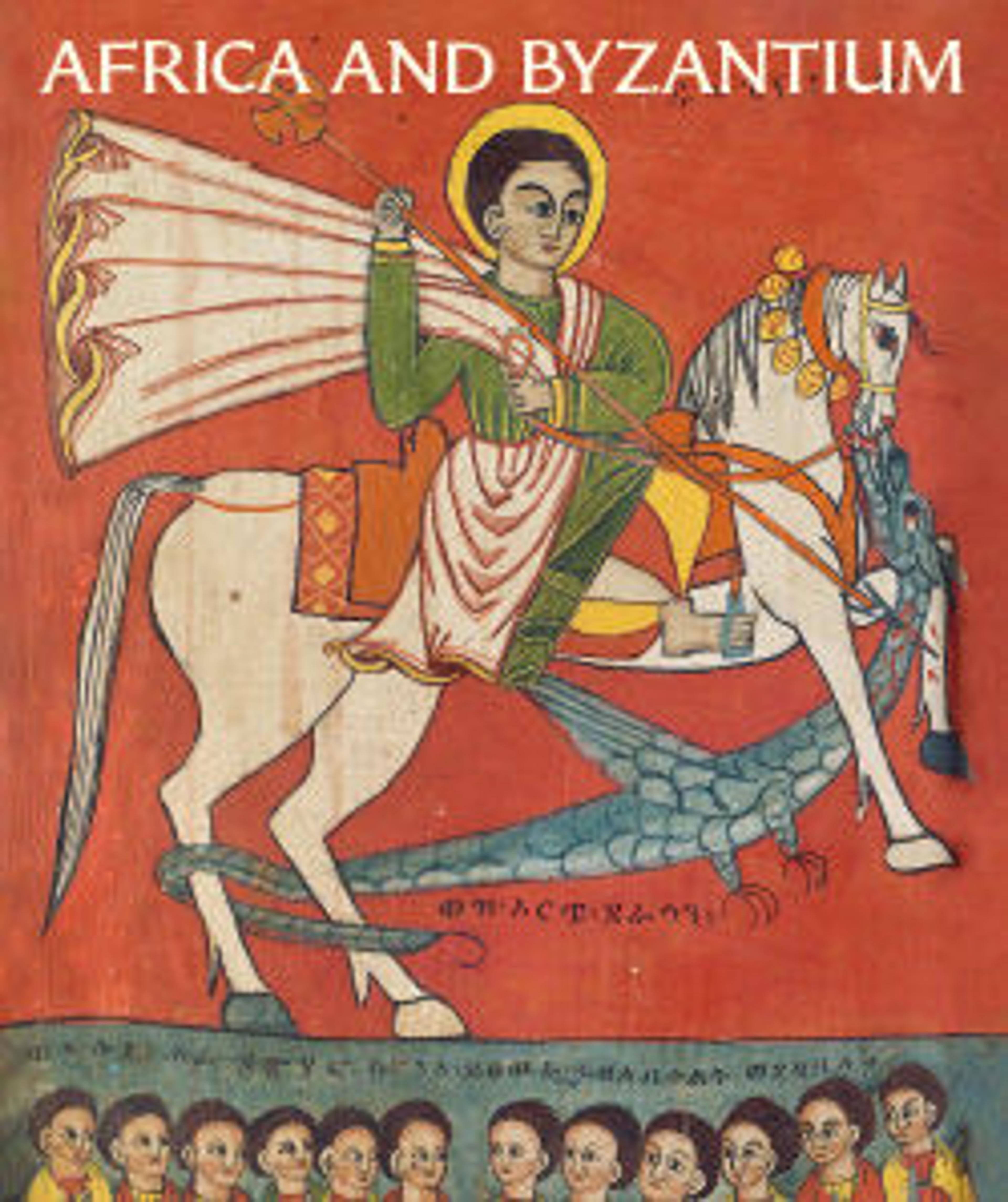Pectoral with Coins and Pseudo-Medallion
Neck rings, such as this imposing gold example, are cited in early sources as playing a role both in the glorification of military heroes and in coronation ceremonies. This pectoral necklace is composed of a plain, hollow neck ring attached to a frame set with a large central medallion flanked by coins and two small decorative disks. Although it was found in Egypt, the pectoral is believed to have been made in Constantinople, since a personification of that city is depicted on the reverse of the central medallion. The front of the medallion and the smaller coins depict Byzantine emperors. The two ribbed rings at the pectoral's lower edge once held a large medallion of the emperor Theodosius I. This imperial imagery suggests that the pectoral is composed of a collection of military trophies that once belonged to a distinguished general or a member of the imperial court.
Artwork Details
- Title: Pectoral with Coins and Pseudo-Medallion
- Date: ca. 539–50
- Culture: Byzantine
- Medium: Gold, niello
- Dimensions: Overall: 9 7/16 x 8 5/8 x 5/8 in. (23.9 x 21.9 x 1.6 cm)
ring: 19 11/16 x 3/8 in. (50 x 1 cm)
Medallion: 2 3/4 x 6 11/16 x 3/8 in. (7 x 17 x 1 cm)
weight: 11.9oz. (338g) - Classification: Metalwork-Gold
- Credit Line: Gift of J. Pierpont Morgan, 1917
- Object Number: 17.190.1664
- Curatorial Department: Medieval Art and The Cloisters
Audio
2750. Pectoral with Coins and Pseudo-Medallion
0:00
0:00
We're sorry, the transcript for this audio track is not available at this time. Please email info@metmuseum.org to request a transcript for this track.
Listen to more about this artwork
More Artwork
Research Resources
The Met provides unparalleled resources for research and welcomes an international community of students and scholars. The Met's Open Access API is where creators and researchers can connect to the The Met collection. Open Access data and public domain images are available for unrestricted commercial and noncommercial use without permission or fee.
To request images under copyright and other restrictions, please use this Image Request form.
Feedback
We continue to research and examine historical and cultural context for objects in The Met collection. If you have comments or questions about this object record, please complete and submit this form. The Museum looks forward to receiving your comments.
